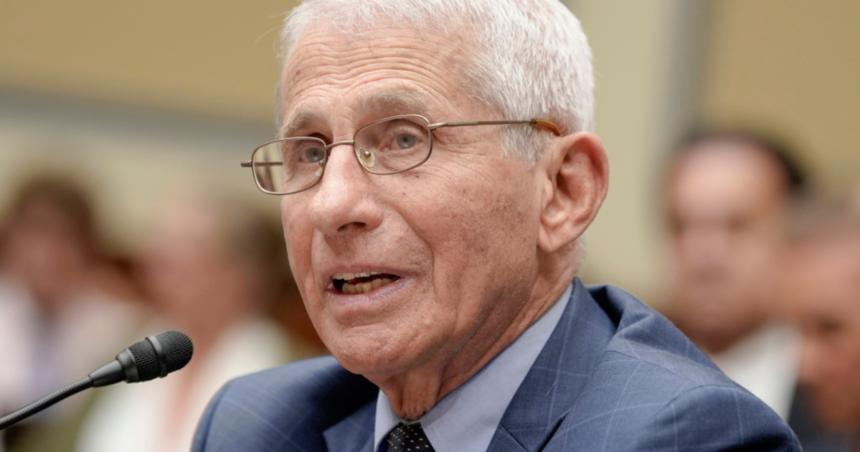Debate over the origins of the COVID-19 virus continues more than three years after it first appeared in China. The controversy surrounds two main theories: Did it come from wild animals and transfer to humans, or was it created in a Chinese laboratory?
The initial cases of COVID-19 were reported in Wuhan, China, where both the Wuhan Institute of Virology, a lab, and a “wet market” selling wild animals like bats are located. Bats are known to carry viruses like COVID.
Chinese authorities’ secrecy around investigations into the virus’s origin and efforts by international health organizations has turned the situation political. The World Health Organization suggests COVID likely originated from bats, but Chinese restrictions hindered a thorough investigation.
The FBI and U.S. Department of Energy have differing views on the origin, with the FBI suggesting a lab leak with “moderate confidence,” and the Department of Energy believing the virus escaped from a lab with “low confidence.”
In his testimony to the House Oversight Committee, former NIAID director Dr. Anthony Fauci addressed the lab leak theory, stating, “I keep an open mind as to what the origin is.”
Experts warn that the ongoing debate on COVID-19’s origin could hinder preparations for future pandemics due to a lack of understanding.
Congress
Dr. Fauci testifies before House panel over COVID-19 origins, pandemic response
12:13 PM, Jun 03, 2024
Thomas Bollyky from the Council on Foreign Relations emphasizes the importance of nations working together to prevent future outbreaks, regardless of the virus’s origin.
Dr. Alina Chan, a molecular biologist from MIT and Harvard, outlined reasons why she believes COVID-19 likely started in a lab in an op-ed for the New York Times. However, concrete evidence of the virus’s origin remains elusive.
The lack of clarity on COVID-19’s origins leaves nations vulnerable, as cooperation is needed to prevent future pandemics like COVID-19.





